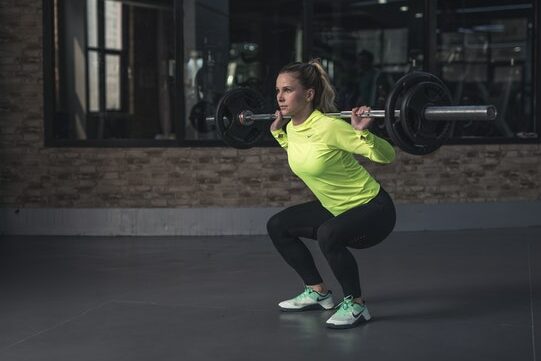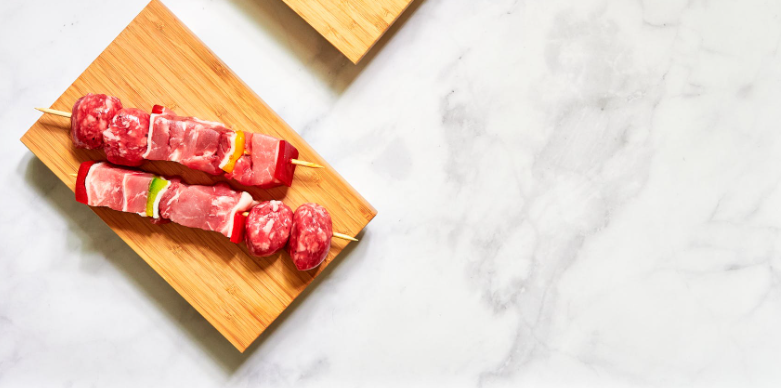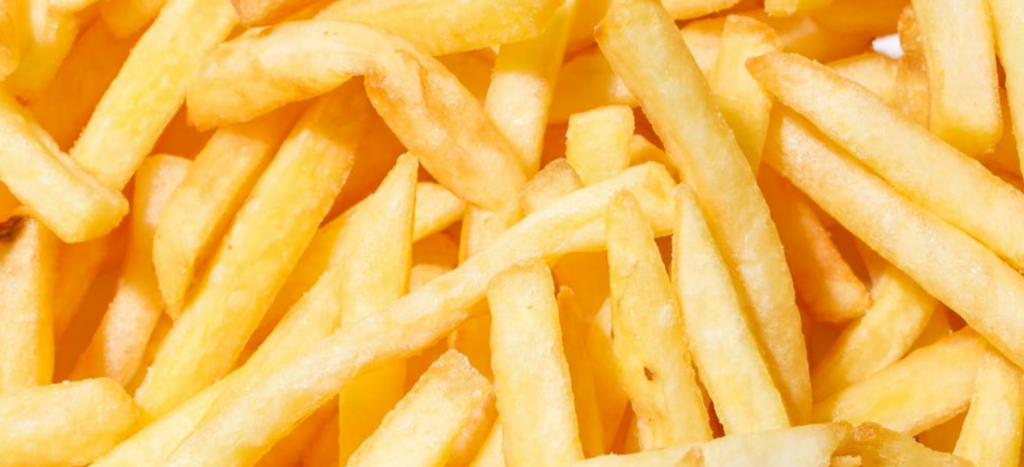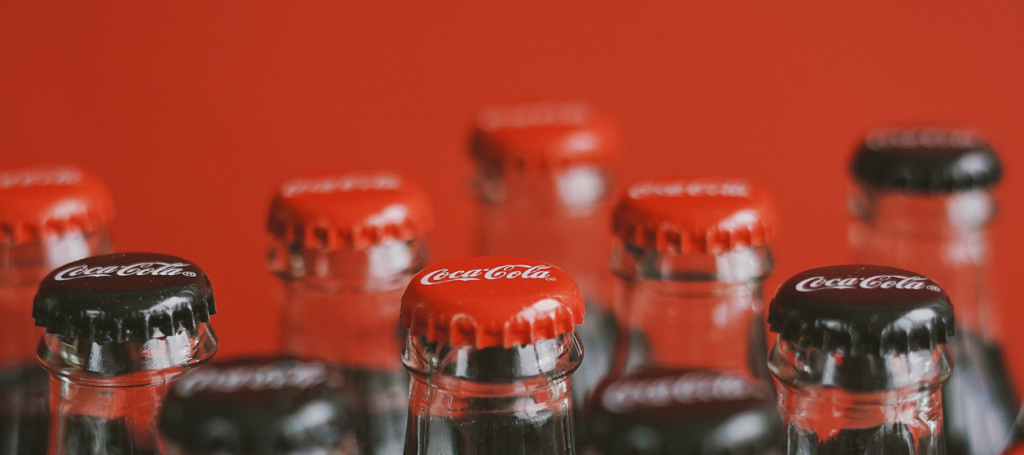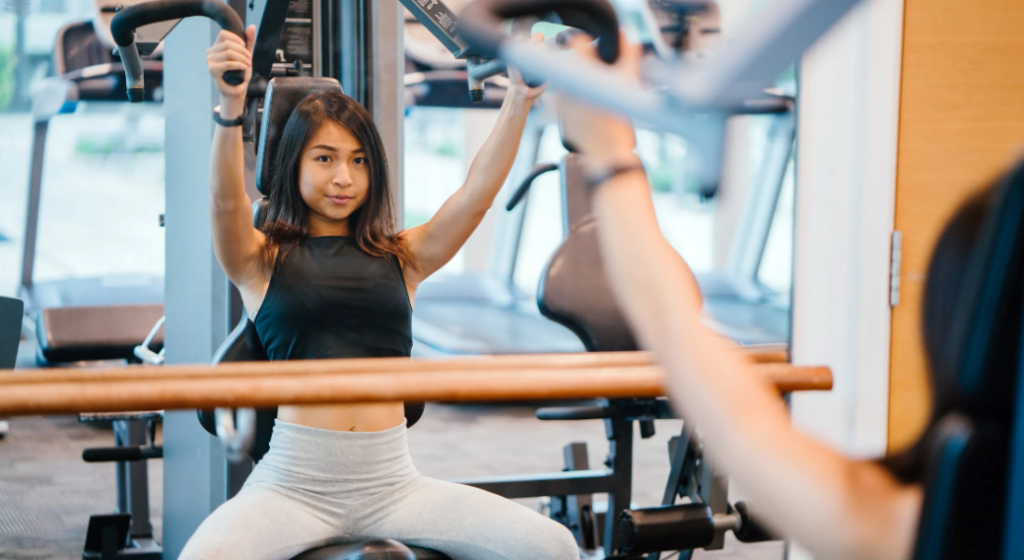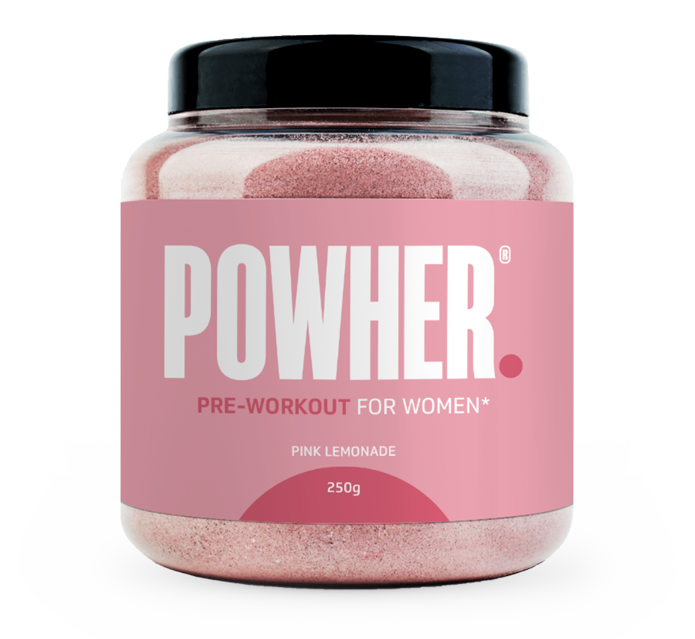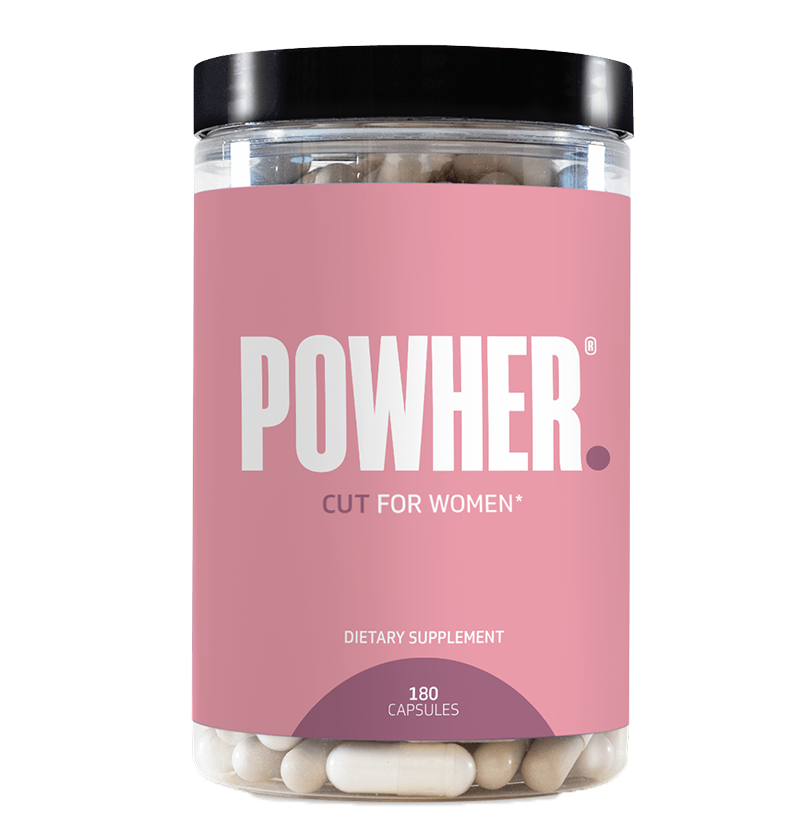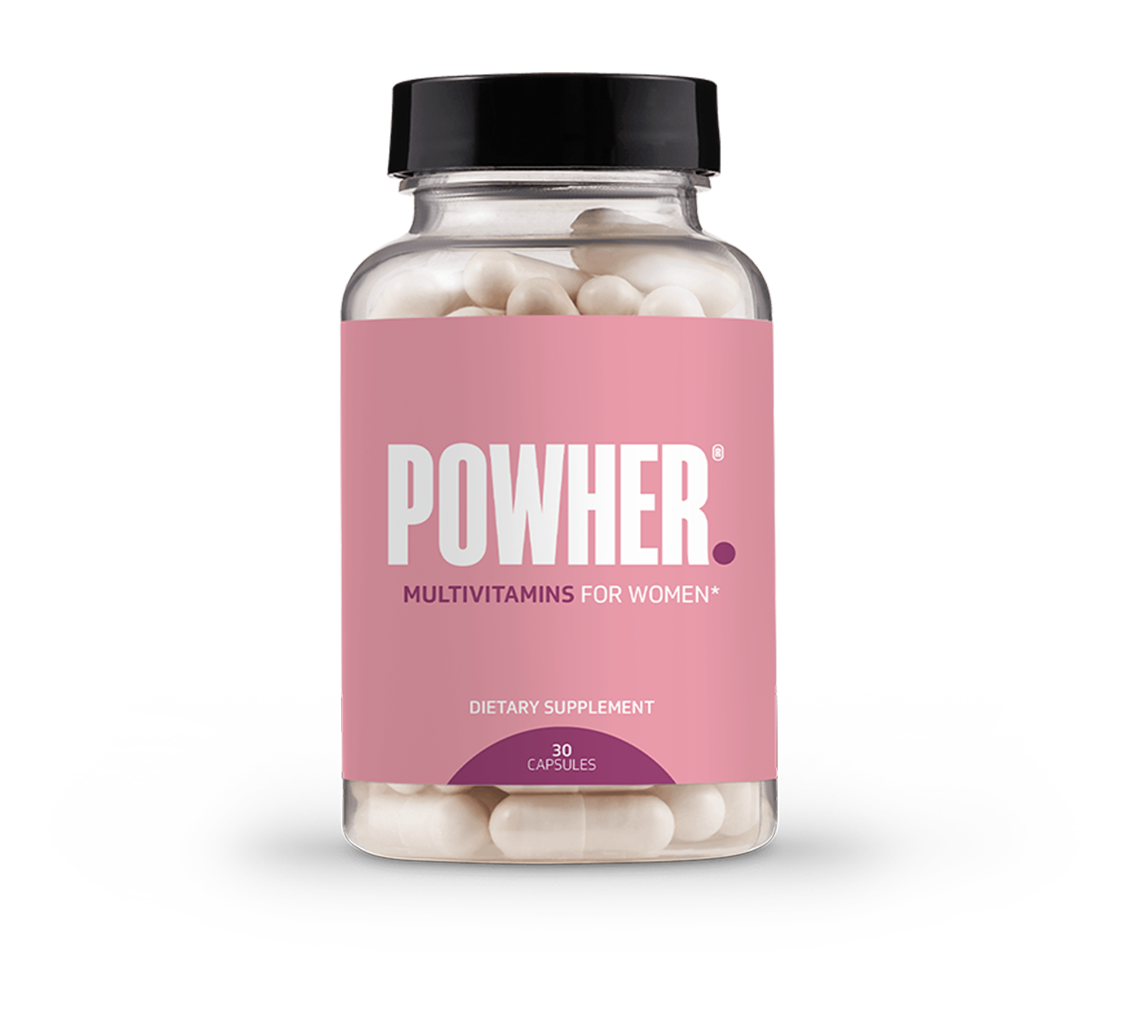Spending time at the gym is one of the best habits you can implement for your health and wellness.
At the gym, you can enjoy movements that help increase your exercise tolerance and endurance, promote muscle strength, change body composition, and even reduce your risk for numerous chronic diseases.
Of course, exercise is only one piece to reaching your health and fitness goals. Without proper nutrition — specifically, an eating plan designed to support an active lifestyle — it’s going to be difficult.
In this article, we’ll examine the best types of foods to include in your gym diet plan, including what to eat before and after a workout. You’ll also find an example one-day gym diet plan to help get you started.
If you’re ready to discover the power of nutrition for your gym goals, read on.
Here’s what we’ll be covering in this guide:
- Food types for your gym diet plan
- Food types to avoid for your gym diet plan
- What to eat before a workout
- What to eat after a workout
- A one-day gym diet plan
Food Types for Your Diet Plan
When designing any type of diet, it’s important to first understand nutrition basics. From there, you can build the best diet plan for your goals and preferences.
There are three main nutrients, called macronutrients, that make up the composition of all foods. These are carbohydrates, protein, and fat.
On the other hand, micronutrients include vitamins and minerals, which are needed in much smaller (but still consistent) amounts in your diet.
While each of the three macronutrients plays their own specific roles, they also work together to support the normal functioning of your body and your overall health.
The acceptable macronutrient distribution ranges (AMDR) for the average person over 19 years old are as follows:
- 45-65% of total calories from carbohydrates
- 10-35% of total calories from protein
- 25-35% of total calories from fat
To determine how this translates to a number of calories, you have to understand how many calories each macronutrient contributes.
Carbohydrates and protein both provide 4 calories per gram, whereas fat provides 9 calories per gram.
For example, if you consumed 100 grams of protein in a day, this would contribute 400 calories to your total caloric intake for that day. If you consumed 100 grams of fat, this would translate to 900 calories coming from fat in your diet.
The recommended macronutrient ratio changes when you have specific fitness goals.
First, protein increases to support muscle growth and strength. From there, the other two are generally adjusted downward to maintain the macronutrient ratio you want.
It’s important to make sure you’re getting enough calories, and incorporating all three macronutrients, to support your workouts.
This means the macronutrient ratio looks more like this when you’re looking to build muscle and lose fat:
- 55–60% of total calories from carbohydrates
- 30–35% of total calories from protein
- 15–20% of total calories from fat
The bottom line here is that calories aren’t the whole story when it comes to health and body composition goals. Consider where your calories are coming from and adjust accordingly depending on the types of fitness goals you’re going after.
At the end of the day, the best macronutrient ratio to follow is the one that is sustainable for you to stick to and that makes you feel the most satisfied.
Carbohydrates
Carbohydrates are your body’s primary source of fuel. When you eat carbohydrates, they’re broken down or digested into glucose (natural sugar) molecules which provide energy. Furthermore, unused carbohydrates are stored in the liver and muscles as glycogen for later fuel.
Low-carb diets are very popular, but because carbohydrates are your preferred energy source, it’s important not to cut them out of your diet or restrict them too much. What’s most important is to choose high-quality carbohydrates, rather than ones that don’t offer much in the way of nutrition or energy benefits.
Some of the most carbohydrate-rich foods include:
- Bread
- Grains
- Pasta
- Crackers
- Fruit
- Beans, peas, and lentils
- Starchy vegetables, like carrots, potatoes, and squash
The types of carbohydrates to emphasize include fruits, vegetables, legumes, and whole-grain products. Compared to refined or white grains, whole grains contain significantly more fiber which helps slow the process of digestion. This, in turn, provides a slower source of fuel without causing a dramatic spike (and subsequent drop) in your blood sugar, which doesn’t make you feel great.
Protein
Protein is important to help your muscles recover from workouts.
It helps repair exercise-induced muscle fiber damage from exercise, creates new proteins to help with energy production, and helps replenish depleted energy stores. More protein is needed for individuals who lead an active lifestyle compared to those who are sedentary.
Some of the most protein-rich foods include:
- Nuts and seeds
- Beans, peas, and lentils
- Fish and seafood
- Meat and poultry
- Dairy products
- Soy foods, such as tofu, tempeh, edamame, and soy milk
Protein is also concentrated in powders designed to support workouts and active lifestyles. These may be made with whey (dairy) protein or non-dairy proteins, such as pea, soy, rice, or hemp.
Fat
Fat sometimes receives a bad rap as something to avoid. However, fat is an essential macronutrient. Fat is the main source of energy for aerobic exercise and is relied upon for fuel when carbohydrates or glycogen stores are depleted.
It’s important to choose healthy fats most of the time, both for your overall health as well as to support your fitness goals. The two main types of fat are saturated (largely in animal products) and unsaturated (largely in plant foods).
Emphasize unsaturated fat sources as much as possible as these may help keep inflammation at bay. All types of fat are calorie-dense, meaning that they contribute a large number of calories in a small serving.
Some of the healthiest dietary fat sources include:
- Nuts and seeds
- Avocados
- Olives
- Vegetable oils
- Fatty fish
- Eggs
Food Types to Avoid for Your Gym Diet Plan
When creating your gym diet plan, you may be wondering which types of foods you should avoid for the best fitness and health outcomes. This includes foods that don’t have much nutritional benefit to offer, won’t provide an adequate supply of energy for your workouts, and won’t help your body recover well after exercise.
For instance, foods that are high in added sugar, low in fiber, high in saturated fat, and low in protein probably aren’t the best choices to make up the bulk of your gym diet plan.
Below are some examples of foods that are best avoided on a gym diet plan for the best results.
Fast Food
While convenience is at the top of the wish list for many of us when it comes to our diet plan, many of the most convenient foods are also the least healthful. Fast foods and packaged baked goods are two examples of convenient, yet unhealthy foods that don’t offer many benefits on a gym diet plan.
For instance, while they contribute protein and calories, fast food hamburgers are very high in sodium and saturated fat. French fries are also high in saturated fat and calories but are fried in oil and don’t offer much nutritionally.
Sugar-Free Foods
Just because added sugar isn’t a health food doesn’t mean foods labeled as being sugar-free are a better alternative. Sugar-free foods, such as certain beverages, gum, and snack bars, often contain ingredients called sugar alcohols or artificial sweeteners. These give them a sweet flavor with minimal to no added calories.
One example of a sugar alcohol is xylitol, which is known to cause digestive symptoms for many people when consumed in large amounts. Gas, bloating, and diarrhea are commonly reported. Not only can these cause an upset stomach — and an interrupted workout — they also don’t provide you with much energy to use.
Some other labels used for sugar-free foods and beverages are “diet”, “light” or “reduced calorie”. Overall, these generally aren’t very nutrient-dense.
Sugary Beverages
Sugary beverages, like sodas and fruit juices, may give you a quick boost of energy or bring up low blood sugar levels, but they’re not great for preparing for or recovering from a workout.
That’s because these types of drinks don’t contribute anything to your diet besides sugar. They’re not a good source of fiber, protein, or fat, nor do they contain many micronutrients.
Instead of sugary beverages, opt for plain water as your primary hydration beverage. Taking sips of water throughout the day as a regular practice helps prevent dehydration and make sure you’re prepared for physical activity. Electrolyte water or coconut water can also be used to help replete electrolytes that are depleted through a sweaty workout.
What to Eat Before a Workout
Prior to a workout, nutrition is key. Fueling your body well with a good balance of macronutrients will help make sure you’re prepared to exercise and can even help reduce your risk of certain injuries. Nutrition also helps you endure through a workout as well as supports your recovery afterward.
Timing is important when considering nutrition before exercise. Try to eat a well-balanced and full meal that includes all three macronutrients within 2-3 hours prior to exercise.
If you’re unable to do this, you can still put together a food pre-workout balance, but it should be a smaller portion the closer you eat it to your workout. For instance, easily digested carbohydrates with some protein, with just a small amount of fat.
If you have 2-3 hours, choose something like a sandwich on whole-grain bread, full of veggies and lean protein. If you only have a couple of hours before, go for a protein powder smoothie with some fruit and seeds added in. And if you’re looking at under an hour of prep time, a piece of fruit or a nutrition bar is a quick option.
Different types of workouts may also do best with different nutritional makeups. Carb loading is one practice many athletes use to build up muscle glycogen stores, which means consuming a high carb diet for 1-7 days before a big event or tough workout.
Furthermore, protein on its own or eating alongside carbohydrates before exercise can help boost muscle protein synthesis. As for fat, this makes a good fuel source for longer duration and low-to-moderate intensity exercises, whereas glycogen stores are used for short and high-intensity workouts.
Additionally, Powher Pre-Workout for Women is a great accompaniment or alternative for pre-workout snacks. Designed to give you an unfair advantage at the gym, providing an extra boost of fuel to get you through even the most intense workouts.
Our pre-workout contains ingredients like caffeine from Green Coffee Bean as well as EnXtra, a plant-based caffeine amplifier. It also provides naturally energy-boosting vitamins B6, folate, and B12, coconut water powder for electrolyte replenishment and hydration, amino acids, Rednite standardized beetroot powder, and Terminalia arjuna bark to enhance exercise performance.
What to Eat After a Workout
Following a workout, nutrition is just as important. After all, once you’ve finished a tough workout you’re probably hungry anyway.
Considering what your body has been through at the gym, whether it was a challenging group fitness class, a heavy lifting session, or an hour on the rowing machine, repleting the energy and nutrients you burned is in order. For instance, following a workout, your body is trying to replenish glycogen stores that were used up, and it needs food to do so.
What’s the best thing to eat following a workout? A mixture of protein, carbohydrates, and fat.
Consuming protein after a workout provides amino acids to your body that help repair muscle fiber damage and build new muscle tissue. Carbohydrates help fill glycogen stores back up so that you have fuel for future workouts.
As for fat, a little bit goes a long way. It’s best not to eat a high-fat meal following a workout as this can actually slow the digestion process and reduce the absorption of nutrients. However, some research does show that higher fat foods can be more effective than low-fat foods at promoting muscle growth.
Some people may need extra amounts of certain macronutrients following a workout. For instance, someone who completed an endurance workout may need more carbohydrates than someone who lifted weights.
As for timing, it’s often recommended to eat a post-workout meal within around 45 minutes of completing your workout. This is because some studies suggest that delaying for even two hours following a workout can result in 50% lower rates of glycogen synthesis.
However, other research suggests that the window to replenish nutrients is actually several hours. In this case, some of the protein you ate before your workout is likely still working for you afterward.
Some examples of post-workout combos include:
- Roasted salmon over rice and broccoli
- Whole-grain crackers with tuna or chickpea salad
- Avocado rye toast sprinkled with hemp seeds
- Cottage cheese with berries
- Oatmeal with banana slices and almond butter
- Hummus tortilla wraps with string cheese
- Roasted sweet potato with butter and a side of walnuts
Keep in mind that the best gym diet plan isn’t just about what you eat right before, during, or after a workout. What’s most important is the bigger picture of how you eat all the time. Your everyday habits make a much more significant difference in the long run than a single meal on a single day.
A One-Day Gym Diet Plan
Now that you have a better idea of what should be incorporated into a gym diet plan, below is an example one-day plan that can help you get started.
- Breakfast: Greek yogurt with berries, crushed cashews, and hemp seeds
- Pre-workout: Slice of whole-grain toast slathered with peanut butter and topped with raisins, banana slices, cinnamon, and chia seeds
- Lunch: Quinoa bowl with grilled salmon and olive oil-sauteed mushrooms, carrots, and bell peppers, with a side of orange slices
- Snack: String cheese with hummus-spinach tortilla spirals
- Dinner: Chicken salad sandwich with a side of roasted broccoli, pistachios, and watermelon
Use this sample day for inspiration and customize it with your own food preferences. For instance, if you workout at a different time of day, or have more than one additional snack, move around the timing that best suits your routine. Additionally, consider what types of carbohydrates, fats, and proteins you like to eat and whether you want to use pre-workout supplements.
The Takeaway
Regular exercise is one of the most important habits we can practice for our long-term health. Whether you’re working out to change your body composition or just to support your general wellness, it’s never the wrong time to get your body moving.
Just remember how important nutrition is in your fitness goals. Fueling your body for movement requires eating the right foods as much as possible, and minimizing or avoiding foods that have no benefit for workouts or health in general.
Designing the right gym diet plan for you means including a balanced combination of protein, fat, and carbohydrates, eating at regular time intervals, and making sure you eat enough for your activity.
Disclaimer: The information on the Powher blog does not constitute medical advice and should not be used as such. If you would like to learn more about your dietary requirements and related aspects of your health, speak with a registered medical professional.
